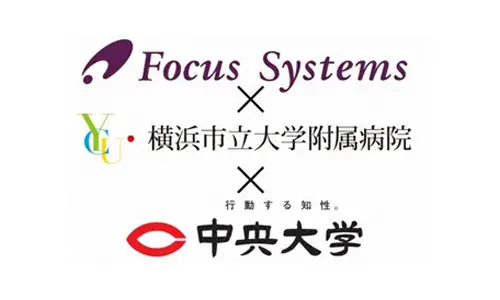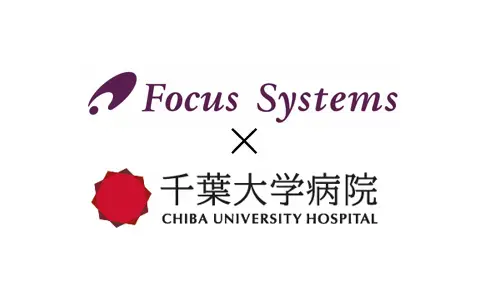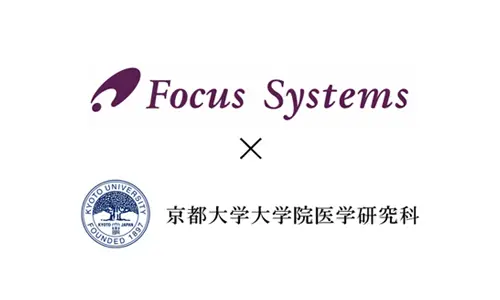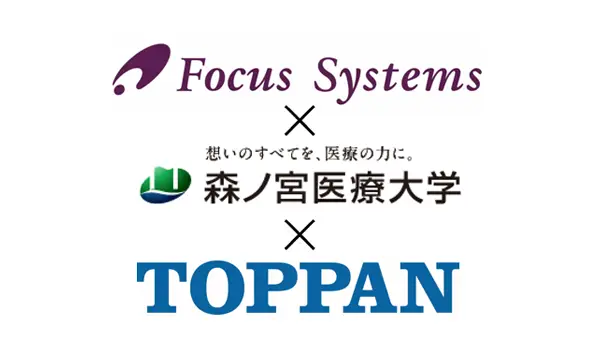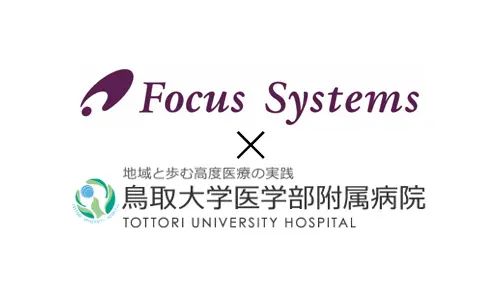Development of automatic tracheal intubation device using AI


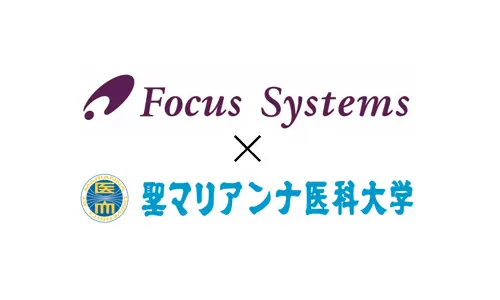
table of contents
notice
June 4, 2024: An English paper on this project will be published in Cureus.
An English paper by Dr. Yasushi Masumori, lecturer in the Department of Anesthesiology at St. Marianna University School of Medicine, who is collaborating on this project, has been published in the journal Cureus .
Introduction:Improving safety during tracheal intubation by linking AI and robotic technology
In collaboration with St. Marianna University School of Medicine, Department of Anesthesiology (Lecturer Yasushi Masumori), we have begun research to develop an automatic tracheal intubation device*1 that utilizes AI image recognition technology.
This research aims to save lives that would have been lost due to intubation due to a shortage of doctors, etc., and will first increase the rate of safe intubation, improve the survival rate, and prevent medical accidents and infections during intubation. The purpose is to reduce risks.
(*¹) Airway management device that automatically inserts a tracheal tube from the mouth or nose via the larynx
background:Difficulty and importance of tracheal intubation
Currently, many lives are lost due to respiratory arrest. It is said that 50% of patients will die if they stop breathing for 10 minutes.
When a patient stops breathing, doctors use endotracheal intubation to connect the person to a ventilator and take life-saving measures. However, due to a shortage of doctors, it is not possible to perform intubation and many lives are lost.
In addition, tracheal intubation is a highly difficult medical procedure that depends on individual experience, and there are certain risks associated with intubation.
Content:Combining AI image analysis and robotic technology to improve the reliability of intubation
Currently, AI is sometimes used to support image diagnosis in the medical field, but there are still only a limited number of cases in which AI is directly involved in the implementation of treatment. Regarding robot technology, many technological support robots have been developed, including the da Vinci System*², but all of them are "individuals". Currently, there is no elemental technology*³ that can be used as a single device that combines image analysis using AI and robot technology.
The currently popular camera-equipped laryngoscope*⁴ allows a person to insert a tube into the trachea while looking at the camera. If the trachea cannot be seen through the camera, the tube that connects the person to the ventilator cannot be intubated.
The automatic tracheal intubation device that this research is working on improves intubation accuracy by using AI to determine the morphology of the epiglottis*⁶ and vocal cords, unless there is an abnormality*⁵ in the human body. We have already created a prototype device *⁷ that combines an existing laryngoscope with a camera and an AI-based biometric recognition system, and it has been demonstrated that it improves the reliability of intubation.
(*²) Endoscopic surgery support robot that supports laparoscopic surgery
(*³) Fundamental technology
(*⁴) Instrument used to expand the larynx during tracheal intubation, etc.
(*⁵) A condition in which an organism's organs or individuals appear to deviate significantly from their normal form.
(*⁶) A lid-like thing that covers the entrance to the larynx
(*⁷) Experimental machine created with limited functions and performance
Expectations: Automatic tracheal intubation device eases the difficulty and risks of intubation
By advancing this research, we will reduce the risk of tooth damage and bleeding due to rough operations during intubation, ease the difficulty of tracheal intubation, which depends on individual experience, and make it safe even for non-experts. It is hoped that tracheal intubation will be possible.
*The names of our products and services posted on this page are trademarks or registered trademarks of our company. Other company names, product names, service names, etc. are trade names, trademarks, or registered trademarks of each company.
Achievements left behind
48 years since its establishment.
We have a proven track record because we have focused on what is important.
It has a long track record in both the public and private sectors.
Number of projects per year
500 PJ
Annual number of business partners/customers
200 companies
Maximum number of trading years
47 years
Total number of qualified persons
1,870 people

